
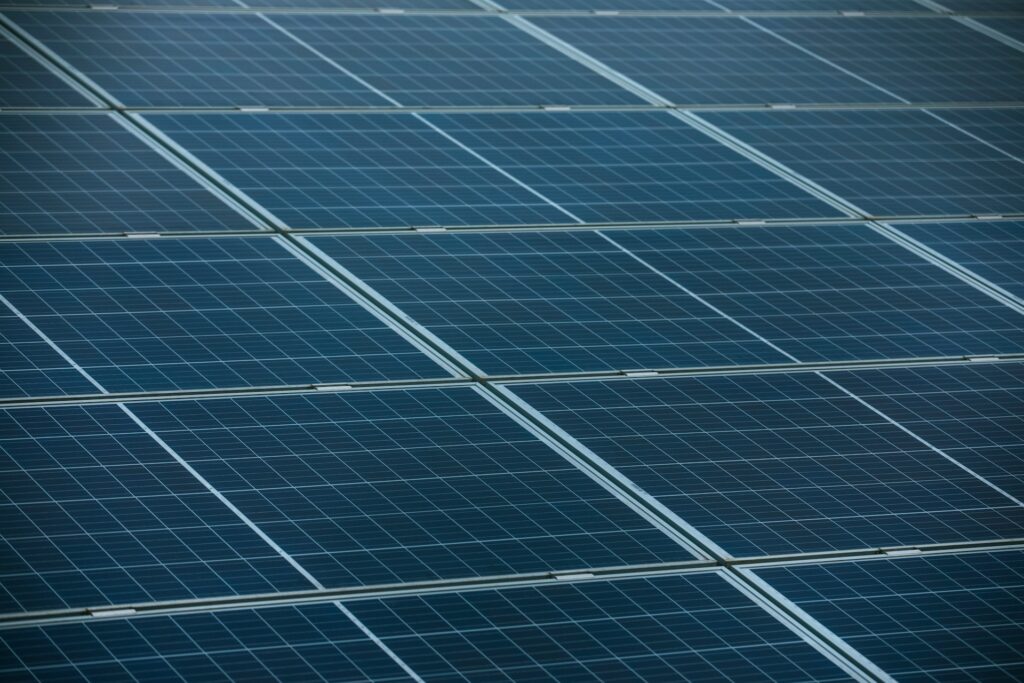
Malaysia's Ministry of Energy Transformation and Water announced a program to encourage residential photovoltaic installations. The National Solar Incentive Scheme (SolaRIS) will provide rebate subsidies ranging from 1,000 to 4,000 ringgit per kilowatt for new net metering users. Rebates will be allocated on a first-come, first-served basis. To qualify for the rebate subsidy, applicants must ensure that their photovoltaic system is in operation by March 31, 2025, and that the government's rebate quota has not been used up. Applications opened on April 1 and will be closed by the end of the year. State-owned utility company Tenaga Nasional Bhd (TNB) administers the rebate subsidy scheme. Applicants must be both a residential customer of TNB and a Malaysian citizen to be eligible for the rebate subsidy. The SolaRIS project will support Malaysia's goal of generating 70% of its electricity supply from renewable energy by 2050 and help reduce carbon emissions in the power sector, according to the Malaysian government website.
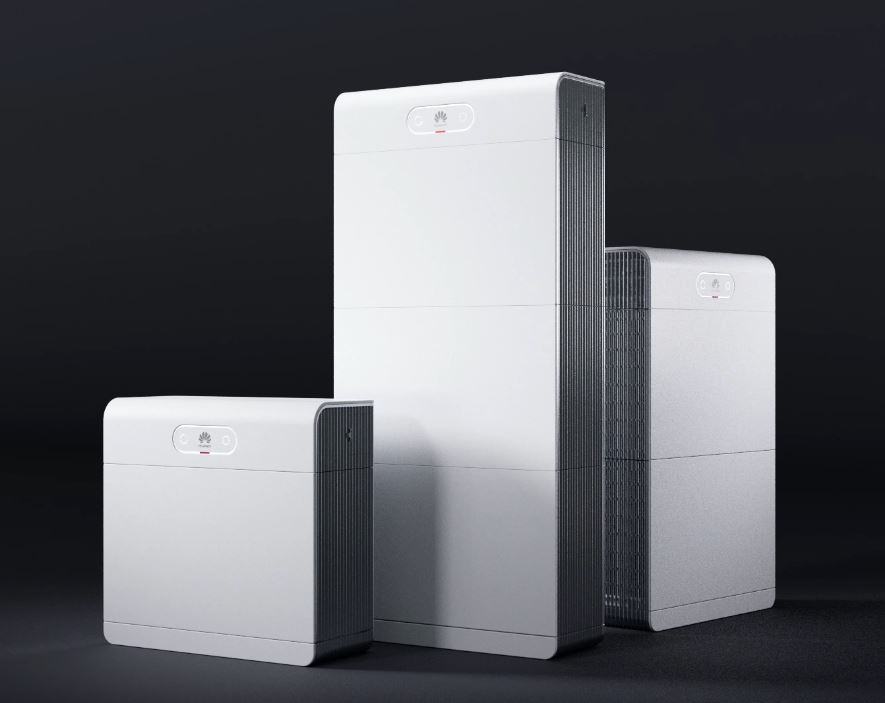
Huawei has launched a new storage solution for rooftop photovoltaic systems. "The Huawei LUNA S1 continues Huawei's unique Module+ architecture, with a built-in energy optimizer and an industry-first use of the leading large cell (280Ah), far exceeding the industry level," Huawei said in a statement. The statement. "Optimized at the battery pack level, it has increased its energy throughput over its lifetime by more than 40 percent and achieved an industry-leading 15-year limited warranty thanks to its high quality and reliability, providing users with a longer service life and superior return on investment." The Luna2000-7/14/21-S1 storage system is available in three versions with 1, 2 or 3 battery modules with available energy ranging from 6.9 kWh to 20.7 kWh. The maximum charge and discharge power range is 3.5kW to 1.05kW, and the operating voltage range is 350V to 560V for single-phase systems and 600V to 980V for three-phase systems. The single-module version measures 590 mm x 255 mm x 510 mm and weighs 80 kW, while the three-module system measures 590 mm x 255 mm x 1,230 mm and weighs 216 kg. The operating temperature range of the new storage system is -20°C to 55°C and the protection level is IP66.以上翻译结果来自有道神经网络翻译(YNMT)· 通用场景
Dear customer, Hello! Pure Brightness Festival is a traditional festival in our country, so that employees can have a rest and family reunion time. The following is our Pure Brightness Festival holiday notice: Date: Pure Brightness Festival will be closed for three days from April 4, 2024 to April 6, 2024. Period: Our office will be closed during the holiday period. If you have an urgent matter to deal with during this period, you can contact us by email and we will try to provide the necessary help and support. Resume work: We will resume normal work on Sunday, April 7, 2024, when we will process your inquiries, orders and service requests in a timely manner. We sincerely thank you for your continuous support and cooperation to our company, and we apologize for any inconvenience caused to you during this period. If you have any questions or need further assistance, please feel free to contact us. I wish you a peaceful and happy Pure Brightness Festival holiday. With regards
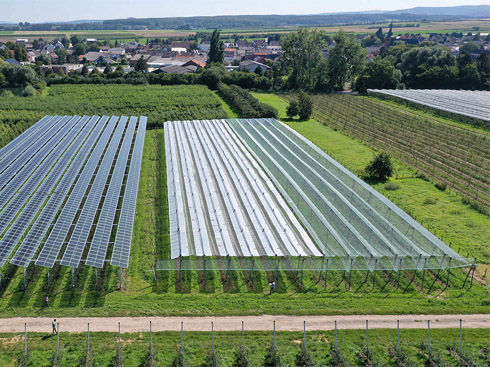
A new survey conducted by Fraunhofer ISE in Germany shows that 72.4% of farmers in the country are considering the deployment of agricultural PV projects. Among the main factors behind this choice, the researchers identified additional sources of income from solar power generation and the practicality of the technology. The core question of the survey was "in principle, would you be willing to use an agricultural PV system on your farm?" It is also based on a technology acceptance model, which considers the "perceived usefulness" and "perceived ease of use" of a given technology. The former describes the extent to which a person believes that a certain technology has improved their job performance, while the latter describes the extent to which a person believes that using a certain technology is effortless. The survey also considered factors such as risk tolerance, innovation, knowledge level, environmental awareness, climate change impacts, energy price impacts and subjective norms. The latter refers to the social pressure felt by influential people. The scientists explained that the survey was conducted in February 2023 and based on the responses of 214 valid respondents, the survey completion rate reached 66.7%. "To find out which factors influence the likelihood of farmers wanting to use agPV on their farms, we applied binary logistic regression," they stress. "The eight factors extracted from the factor analysis were used as independent variables to explain farmers' decision-making behavior."
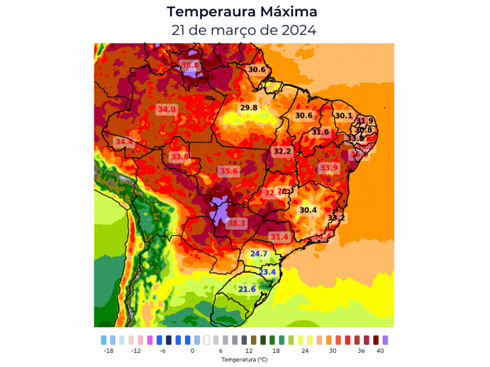
The heat wave that swept through Brazil earlier this month pushed the country's energy consumption to record levels, raising questions about how the heat will affect the growing share of solar power systems. Caetano Mancini, head of marketing and communications solutions strategy at Tempo OK, a Brazilian weather data provider, estimates that, given the heating effect of photovoltaic systems, efficiency losses during the last heatwave could reach 15%. The ideal operating temperature of solar panels is about 25 C. At least that's the case with industry testing and evaluation standards. On average, when the panel temperature exceeds 25 degrees Celsius, the efficiency of the photovoltaic system decreases by 0.4 percent for every degree [Celsius] increase. Despite the loss of efficiency caused by high temperatures, the popularity of solar power in meeting load demand is still increasing, because photovoltaic power generation coincides with the peak demand associated with high temperatures.
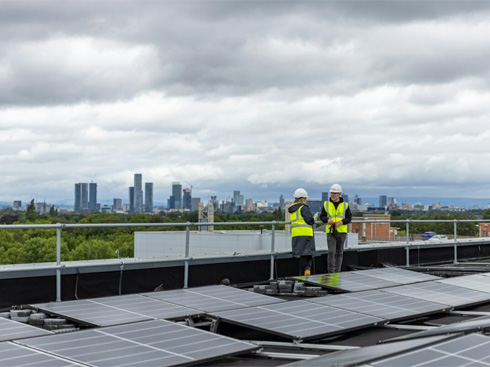
The Global Solar Council and the Global Wind Energy Organization are working together to develop standardized basic training for PV technicians, starting with utility-scale solar. The Solar Training Standards Program will set industry-wide standards to ensure the safety, quality and growth of the solar PV workforce. It will begin work on standardized training modules that include learning objectives covering the most common workflows as well as hazards and risks for utility-scale solar technicians. The Global Solar Council says the training will be closely aligned with guidelines and job role definitions already issued by representative bodies such as the American Clean Energy Council's Entry Level Solar Technician Training Guide. Assessments conducted by the Global Solar Council and stakeholders of the Global Wind Energy Organization indicate that the training standards will avoid large-scale duplication across the industry and may reduce transaction costs and increase productivity. The initiative is expected to help asset owners and developers recommend industry-approved safety training for their engineering, procurement and construction (EPC) contractors.
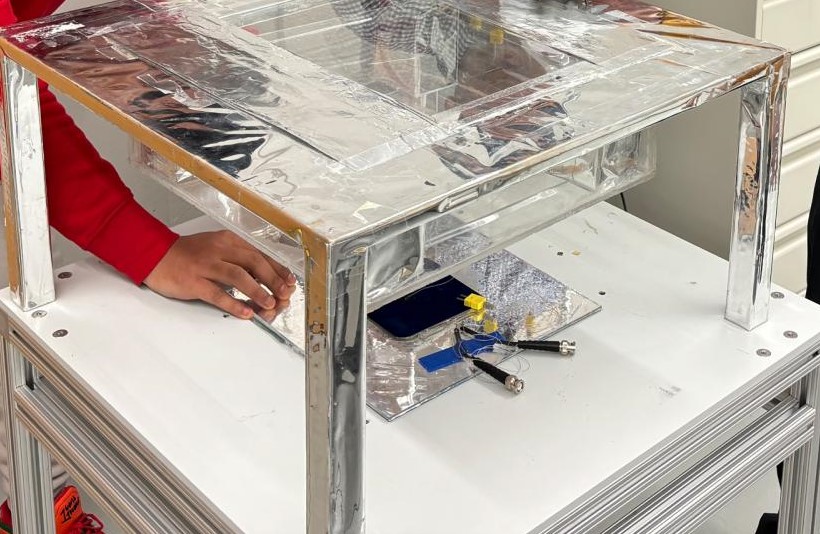
Researchers at Penn State University in the United States have created a hybrid energy system prototype that integrates solar cells for electricity generation and radiative cooling for external cooling. Radiative cooling occurs when an object's surface absorbs less radiation from the atmosphere than it releases. As a result, the surface loses heat and the cooling effect can be achieved without the need for electricity. "The photovoltaic power generated by the dual system can be used either for energy storage or converted to alternating current by an inverter," the scientists said, "the low temperatures obtained on the transparent radiant cooler can be used to cool air or liquid, which can be driven by a fan or pump respectively to interact with the thermal system to save energy." The system consists of a transparent low-iron glass radiant cooler capable of transmitting 91% of sunlight, a transparent infrared opaque layer, and a 125 mm × 125 mm cross-back contact (IBC) photovoltaic cell supplied by US manufacturer Maxeon. There is no direct radiant heat exchange between the radiant cooler and the photovoltaic unit.
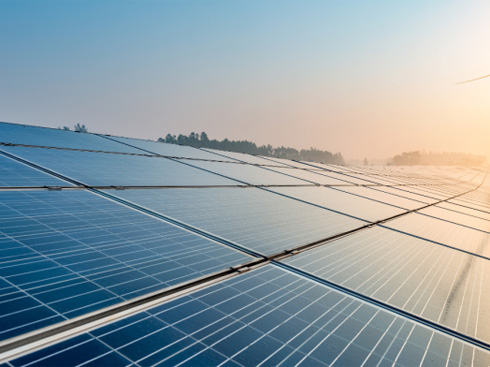
The Indian government, through the Ministry of New and Renewable Energy (MNRE), has long supported domestic solar PV cell and module manufacturers, mainly through the Domestic Content Requirement (DCR) policy permitted by the World Trade Organization (WTO). The policy aims to boost the growth of the domestic solar industry and reduce dependence on imports. To ensure the integrity of this policy and prevent its misuse, the MNRE issued an Office Memorandum (OM) on February 20, 2018. Under the OM, strict action will be taken against any non-compliance under the MNRE scheme or scheme in the event that a DCR is enforced in a manner consistent with WTO regulations on solar photovoltaic power generation projects. These actions include instituting criminal proceedings under the relevant provisions of the Indian Penal Code, such as IPC 420, which involves fraud. In addition, developers found to be in breach may face blacklisting for up to 10 years, forfeiture of the relevant bank guarantees, disciplinary action against the Central Public Sector Unit (CPSU) or the responsible official of the state government, and any other appropriate measures. However, concerns have resurfaced that the supply of solar PV modules under the MNRE scheme or the scheme may not be fully compliant with the DCR requirements set out in the respective scheme or the scheme. In response, the MNRE reiterated the importance of strict compliance with the DCR provisions under its plan or program. It warned that any violations would result in the same harsh action as outlined in previous memos. The reaffirmation of these guidelines underscores the government's commitment to maintaining the integrity of solar policy and promoting the development of the domestic solar industry. By ensuring compliance with DCR regulations, the government aims to foster a competitive environment that supports local manufacturers while advancing India's renewable energy targets.
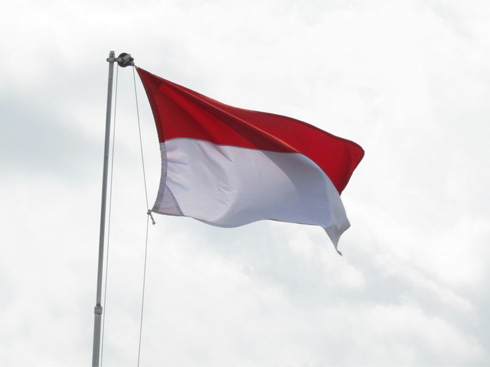
Indonesia's Ministry of Energy and Mineral Resources (MEMR) has issued MEMR Regulation No. 2/2024, which abolishes net metering for rooftop photovoltaic installations. The country first introduced net metering in November 2018, allowing solar project owners to export excess power to the grid operated by state utility PT PLN to reduce their electricity bills. Since the regulation was introduced, several amendments have been made. The latest policy amendment came into effect on January 30 and guarantees that customers who have installed rooftop solar systems before that date will remain under the previous rules for the next 10 years.
Categories
New Products
Tin Roof Rapid Solar Mounting System with Hanger Bolt Read More
Residential Small Solar Easy Bracket Kit for Home Balcony Read More
Automatic Single Pile Solar Tracker with 10 PV Panels Read More
Angle Adjustable Aluminum Easy Solar Panel Bracket for Garden Read More
Intelligent Single Post Dual Row Solar Tracking System Read More
5000ES Solar Off-Grid Energy Storage Inverter Supplier Read More
Multi-drive Double Portrait Horizontal Single-axis Tracker System Read More
Double Portrait Horizontal Single-axis Solar Tracker System Read More
© Copyright: 2024 Xiamen Wintop New Energy Tech Co., Ltd.. All Rights Reserved.

IPv6 network supported